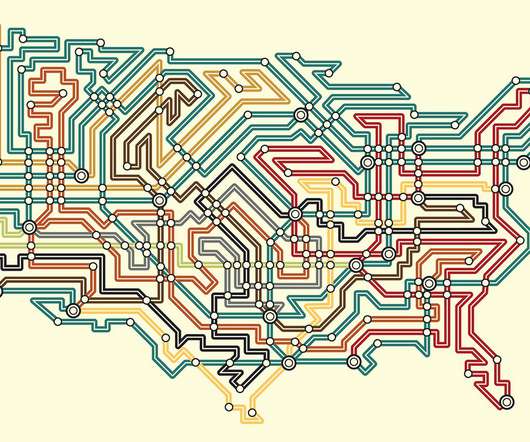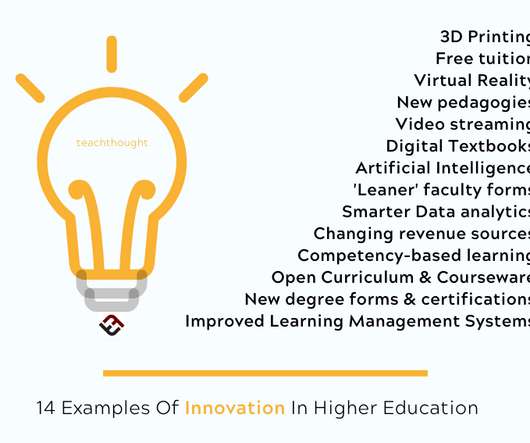4 Digital learning trends for Higher Education
Neo LMS
JULY 15, 2021
Higher Education (HE) has significantly lagged behind other industries on the road to digitization. Despite the growing demand for edtech and online learning, face-to-face lectures and on-campus activities remained the core part of how students accessed their education. Competency-based learning.



























Let's personalize your content